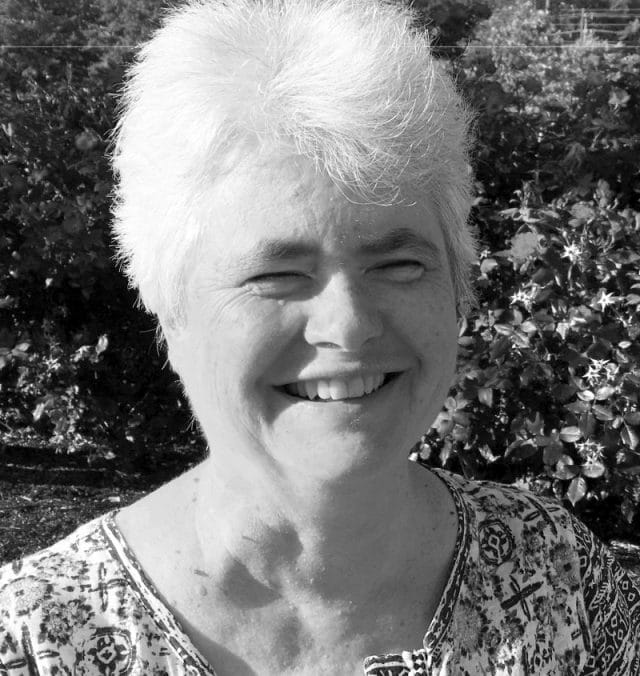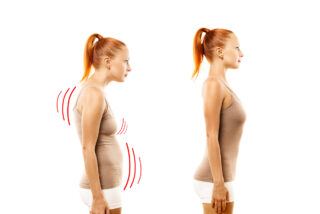
More Complementary & Integrative Healthcare Articles
The Path To Better Posture

Whenever you want to learn something, you have the choice of trying on your own or of seeking out a teacher and a teaching.
If you want to improve your posture, which route should you take?
Trying on your own, you can pull your shoulders down and back and implore yourself to “Sit up straight” and “Stand up straight.” If this works, perfect. Usually, though, the process is tiresome, and the results unimpressive.
Taking the next step, and searching for a teacher-and-a-teaching, you may come across the Feldenkrais Method. What does this approach offer?
It offers a way that combines the two choices. It teaches you, gradually, how to be your own teacher. To begin, though, you take the role of a student.
The Feldenkrais Method is taught in individual sessions and group classes by Feldenkrais Practitioners. They are certified in the US by the Feldenkrais Guild of North America. The teaching is based on the discoveries of Moshe Feldenkrais (1904 -1984).
The fundamental insight of the Feldenkrais Method is that each of us can profit – often hugely – by cultivating more awareness of ourselves. For our physical life, this means more awareness of the body, in motion and at rest.
In general, the body carries on unconsciously. It repeats patterns learned a lot time ago. As long as life is satisfactory, this is fine. But, when there is trouble, the patterns have to be investigated.
Poor posture is a pattern. It shows up most obviously in the chest and head. But closer examination reveals that every part of the body is affected, including the eyes, shoulders and arms, back, pelvis, knees and feet. With such all-entangling tentacles, how do you make a change?
One of Feldenkrais’ big discoveries is that you can interrupt the pattern anywhere. Better posture, for instance, can begin with the feet. An advantage of this type of distant intervention is that it surprises – outfoxes, even – the protective parts of ourselves that maintain the hunching over.
Another pivotal understanding is that better posture is biologically preferred – even if, for a while, not socially preferred. Once the new pattern begins, say in the feet, and with a matching welcoming attitude, it diffuses upward.
As sensitivity develops, at a certain magical moment, a new awareness shows up in your life. Without making a conscious effort, you find yourself, say in the kitchen, coming into a new feeling of uprightness. Tall! That’s you! You smile, and know that you feel good.

















